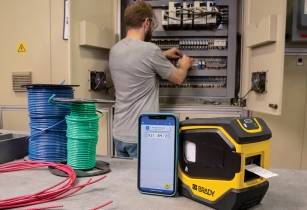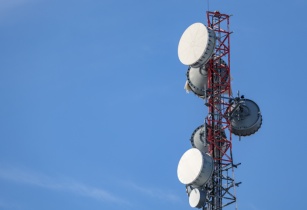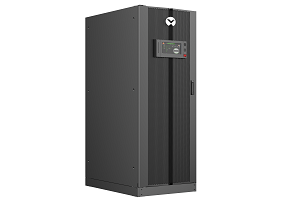Go.Data, a major innovation in outbreak investigation tools for field data collection, was launched on 1 September by the World Health Organisation (WHO) in Beni
The tool was developed by the Global Outbreak Alert and Response Network (GOARN) group, WHO and partner organisations. “The focus is particularly on case and contact data collection and management,” said Armand Bejtullahu, WHO project leader and one of the tool’s chief architects.
“This allows the software to produce outputs, such as contact follow-up forms and dynamic visualisation of chains of transmission,” he added.
The greatest impact of Go.Data, according to Bejtullahu, is speed. Epidemiologists can access data almost in real time, allowing them to act quickly.
The WHO Regional Office for Africa stated that time is vital in bringing an outbreak under control. The faster a potential Ebola case is identified and brought in for treatment, the higher the chance of survival for the patient and the lower the chance of contamination and spread of the disease to others.
As well as speeding up contact tracking, Go.Data helps field teams ensure that contacts are not lost. Sometimes contact tracers may not be able to visit all of their contacts, perhaps because insecurity in the area prevents them from accessing the household or because of other issues.
“When a contact is missed,” commented Papy Musakasombo, the head of the Mabolio health zone, “we can see that early enough to do something about it that same day.”
For the contact tracers, using a phone means they are less likely to encounter problems in the community. “Everyone has a mobile phone,” noted Josué Nebese Kaseme, who is Kanyere’s supervisor. “It’s much more discreet and easier than carrying around a lot of paper forms.” It also helps the contact feel at ease, he revealed.
The visual representation of the transmission chain created by Go.Data software is particularly valuable for epidemiologists. It enables them to understand more easily and comprehensively how the disease spreads: which activities, environments and types of interaction are associated with high or low transmission rates. This means that they can tailor the intervention to interrupt the spread more quickly.
One of the first to be trained to use the software, Kanyere hopes to teach others in Beni and further afield on using Go.Data.



































